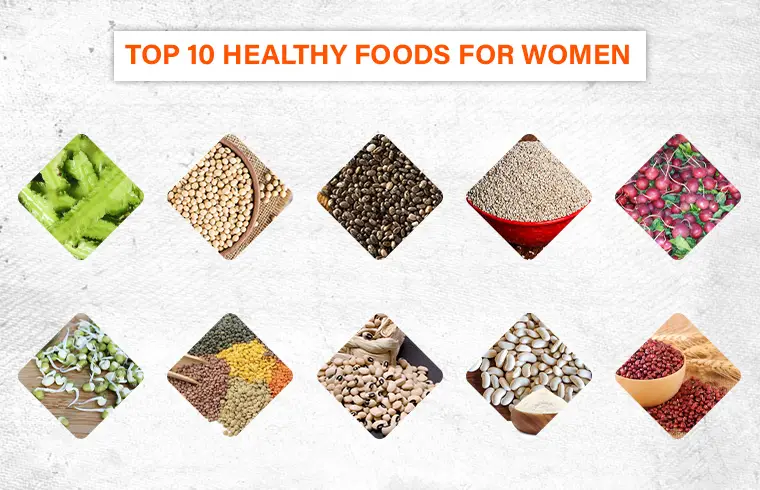
Why is there need of Top 10 Healthy Foods for Women? In fact there is somewhat difference in the requirements of food elements in men and women.
According to WHO it is estimated that more than 40% of pregnant women worldwide are anemic. At least half of this anemia burden is assumed to be due to iron deficiency.
Pregnant women require additional iron and folic acid to meet their own nutritional needs as well as those of the developing fetus. Deficiencies in iron and folic acid during pregnancy can potentially negatively impact the health of the mother, her pregnancy, as well as fetal development.
Similarly lactating mothers will not only require her own nutrition but also those elements which are necessary to make perfect nutritious milk for her baby.
Those specialized food elements are Calcium, Iron and Folic Acid. Need of these elements is increased in women specially in Pregnant and Lactating Mothers. That is why the we bring “Top 10 Healthy Foods for Women”.
Healthy Food Elements
Hence, healthy foods for women means not only those food elements which are required for daily requirement of body; but also some essential food elements for growth and development of their body as well as future or present babies– which are Calcium, Iron and Folic Acid.
Calcium — Healthy foods for women
Calcium has two roles; first (Structural Role) it makes Strong Bones, second (Physiological Role) helps in contraction and relaxation of cardiac, smooth and skeletal muscles.
Iron — Healthy foods for women
Iron is part of Hemoglobin (Hb), the reddish protein molecule in red blood cells that carries oxygen to various part of organs in body.
Folic Acid — Healthy foods for women
Folic Acid is responsible for synthesis of Red Blood Cells and repair of DNA and RNA.
Reference Daily Intakes (RDIs) of Healthy Food Elements
Below table indicates the accelerated demand of these 3 healthy food elements in Pregnancy and Lactation.
| Nutrient | Unit of measure | Adults and Children ≥ 4 years | Infants through 12 months | Children 1 through 3 years | Pregnant women and lactating women |
| Calcium | Milligrams (mg) | 1,300 | 260 | 700 | 1,300 |
| Iron | Milligrams (mg) | 18 | 11 | 7 | 27 |
| Folate | Micrograms DFE (mcg) | 400 | 80 | 150 | 600 |
What are Top 10 Healthy Foods for Women ?
Focusing on nutritional values and women bodily requirements, here are “Top 10 Healthy Foods for Women” listed below:
1- Soybeans, Mature Seeds
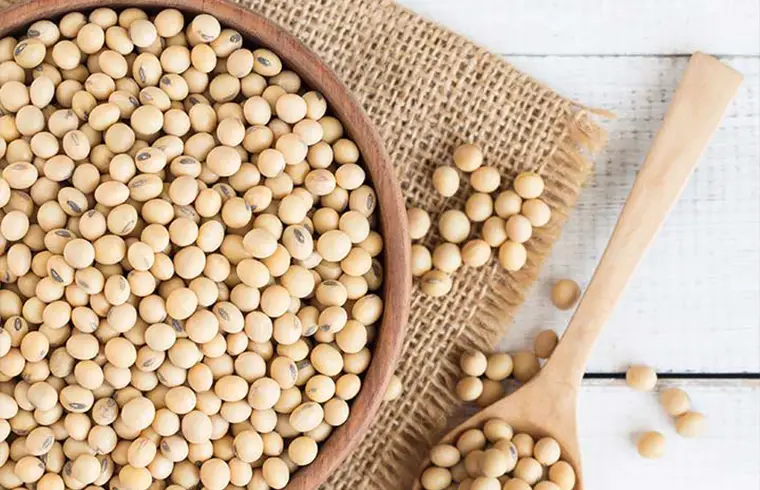
Soybeans, Mature Seeds are a best source of Specialized Food elements Folic Acid, Iron and Calcium. So just 1 cup of Soybeans mature seeds contains 698mcg Folic Acid, 29.2mg Iron and 515mg Calcium as shown in below table of Soybeans, Mature Seeds’ nutrition. Table also shows other nutrients that are also very important for health.
| Nutrient | Unit | 1 cup = 186.0g |
| Water | g | 15.88 |
| Energy | kcal | 830 |
| Protein | g | 67.87 |
| Total lipid (fat) | g | 37.09 |
| Carbohydrate, by difference | g | 56.1 |
| Fiber, total dietary | g | 17.3 |
| Sugars, total | g | 13.63 |
| Minerals | ||
| Calcium, Ca | mg | 515 |
| Iron, Fe | mg | 29.2 |
| Magnesium, Mg | mg | 521 |
| Phosphorus, P | mg | 1309 |
| Potassium, K | mg | 3342 |
| Sodium, Na | mg | 4 |
| Zinc, Zn | mg | 9.1 |
| Vitamins | ||
| Vitamin C, total ascorbic acid | mg | 11.2 |
| Thiamin | mg | 1.626 |
| Riboflavin | mg | 1.618 |
| Niacin | mg | 3.019 |
| Vitamin B-6 | mg | 0.701 |
| Folate, DFE | µg | 698 |
| Vitamin A, RAE | µg | 2 |
| Vitamin A, IU | IU | 41 |
| Vitamin E (alpha-tocopherol) | mg | 1.58 |
| Vitamin K (phylloquinone) | µg | 87.4 |
| Lipids | ||
| Fatty acids, total saturated | g | 5.364 |
| Fatty acids, total monounsaturated | g | 8.191 |
| Fatty acids, total polyunsaturated | g | 20.934 |
Soybeans, Mature Seeds are rich in Iron and Folate fulfill sufficient bodily requirement to make Red Blood Cells and keeping Hb level normal.
2- Sesame Seeds, Whole, Dried
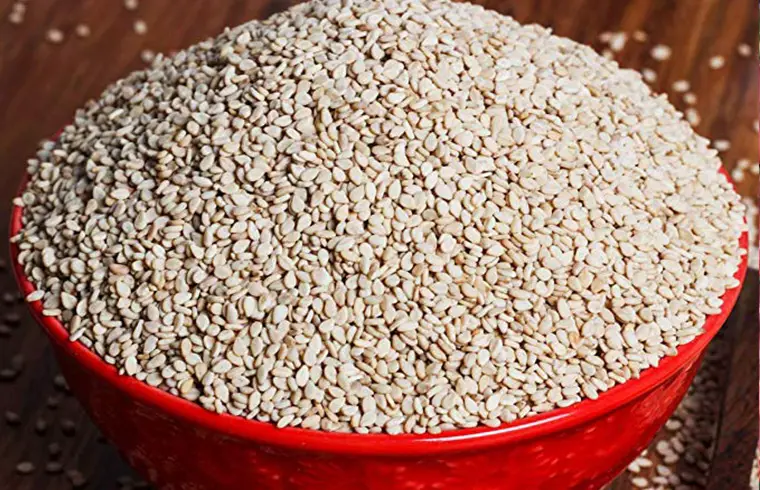
The seeds of Sesame, whole, dried are one of the most healthiest foods in the world for women. Because these are packed with Calcium and Iron meeting the RDIs for Women. As shown below in table, 1 cup of Sesame Seeds whole dried contain 1404mg of Calcium, 20.95mg Iron and 140mcg of Folic Acid.
So eating Sesame seeds regularly will make your Bone and Teeth Strong and also fulfill increased calcium requirement in Pregnency and Lactation. Other nutrients, especially Vitamins Niacin, Vitamin B6, Vitamin A and Thiamine are also found in Sesame Seeds.
| Nutrient | Unit | 1 cup = 144.0g |
| Water | g | 6.75 |
| Energy | kcal | 825 |
| Protein | g | 25.53 |
| Total lipid (fat) | g | 71.52 |
| Carbohydrate, by difference | g | 33.77 |
| Fiber, total dietary | g | 17 |
| Sugars, total | g | 0.43 |
| Minerals | ||
| Calcium, Ca | mg | 1404 |
| Iron, Fe | mg | 20.95 |
| Magnesium, Mg | mg | 505 |
| Phosphorus, P | mg | 906 |
| Potassium, K | mg | 674 |
| Sodium, Na | mg | 16 |
| Zinc, Zn | mg | 11.16 |
| Vitamins | ||
| Thiamin | mg | 1.139 |
| Riboflavin | mg | 0.356 |
| Niacin | mg | 6.502 |
| Vitamin B-6 | mg | 1.138 |
| Folate, DFE | µg | 140 |
| Vitamin A, IU | IU | 13 |
| Vitamin E (alpha-tocopherol) | mg | 0.36 |
| Lipids | ||
| Fatty acids, total saturated | g | 10.018 |
| Fatty acids, total monounsaturated | g | 27.013 |
| Fatty acids, total polyunsaturated | g | 31.353 |
3- Beans, White, Mature Seeds

Beans white mature seeds are good source of specialized elements for women health. 1 cup of Beans white mature seeds contains 784mcg Folate, 21.09mg Iron and 485mg Calcium, which will help to meet enhanced bodily requirements. Beans white mature seeds are also rich in fibers, vitamin K and minerals.
| Nutrient | Unit | 1 cup = 202.0g |
| Water | g | 22.87 |
| Energy | kcal | 673 |
| Protein | g | 47.19 |
| Total lipid (fat) | g | 1.72 |
| Carbohydrate, by difference | g | 121.75 |
| Fiber, total dietary | g | 30.7 |
| Sugars, total | g | 4.26 |
| Minerals | ||
| Calcium, Ca | mg | 485 |
| Iron, Fe | mg | 21.09 |
| Magnesium, Mg | mg | 384 |
| Phosphorus, P | mg | 608 |
| Potassium, K | mg | 3626 |
| Sodium, Na | mg | 32 |
| Zinc, Zn | mg | 7.41 |
| Vitamins | ||
| Thiamin | mg | 0.883 |
| Riboflavin | mg | 0.295 |
| Niacin | mg | 0.968 |
| Vitamin B-6 | mg | 0.642 |
| Folate, DFE | µg | 784 |
| Vitamin E (alpha-tocopherol) | mg | 0.42 |
| Vitamin K (phylloquinone) | µg | 11.3 |
| Lipids | ||
| Fatty acids, total saturated | g | 0.442 |
| Fatty acids, total monounsaturated | g | 0.149 |
| Fatty acids, total polyunsaturated | g | 0.735 |
4- Mothbeans, Mature Seeds
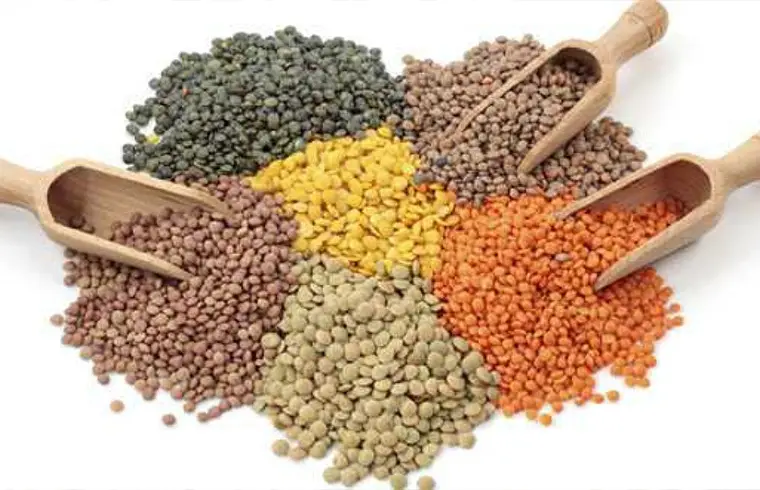
Mothbeans, Mature Seeds have plentiful Folate and Iron that supports women’s complete blood count. 1 cup of Mothbeans, Mature Seeds contains 1272mcg Folate, 21.27mg Iron and 294mg Calcium.
So eating Mothbeans, Mature Seeds will provide you RDI of Folate and Iron making women body healthy and strong to fight diseases. Mothbeans, Mature Seeds also contains other vitamins and minerals especially Niacin, Potassium and Phosphorous.
| Nutrient | Unit | 1 cup = 196.0g |
| Water | g | 18.97 |
| Energy | kcal | 672 |
| Protein | g | 44.96 |
| Total lipid (fat) | g | 3.16 |
| Carbohydrate, by difference | g | 120.58 |
| Minerals | ||
| Calcium, Ca | mg | 294 |
| Iron, Fe | mg | 21.27 |
| Magnesium, Mg | mg | 747 |
| Phosphorus, P | mg | 958 |
| Potassium, K | mg | 2334 |
| Sodium, Na | mg | 59 |
| Zinc, Zn | mg | 3.76 |
| Vitamins | ||
| Vitamin C, total ascorbic acid | mg | 7.8 |
| Thiamin | mg | 1.102 |
| Riboflavin | mg | 0.178 |
| Niacin | mg | 5.488 |
| Vitamin B-6 | mg | 0.717 |
| Folate, DFE | µg | 1272 |
| Vitamin A, RAE | µg | 4 |
| Vitamin A, IU | IU | 63 |
| Lipids | ||
| Fatty acids, total saturated | g | 0.713 |
| Fatty acids, total monounsaturated | g | 0.253 |
| Fatty acids, total polyunsaturated | g | 1.47 |
Iron and Folic Acid rich Foods makes Red Blood Cells and beautify your Skin Glowing and Rosy Coloration. While the deficiency (Anemia) leads to dull yellow coloration to skin.
5- Beans, kidney, California Red, Mature Seeds

Of course all the beans are healthy foods; likewise Beans, kidney, California Red, Mature Seeds, which contain women specialised elements Calcium, Iron and Folate.
One cup of Beans, kidney, California Red, Mature Seeds contains 725mcg Foltae, 17.2mg Iron and 359mg Calcium. Beans, kidney, California Red, Mature Seeds also contains other ingredients for body requirement.
| Nutrient | Unit | 1 cup = 184.0g |
| Water | g | 21.62 |
| Energy | kcal | 607 |
| Protein | g | 44.84 |
| Total lipid (fat) | g | 0.46 |
| Carbohydrate, by difference | g | 110.03 |
| Fiber, total dietary | g | 45.8 |
| Minerals | ||
| Calcium, Ca | mg | 359 |
| Iron, Fe | mg | 17.2 |
| Magnesium, Mg | mg | 294 |
| Phosphorus, P | mg | 745 |
| Potassium, K | mg | 2742 |
| Sodium, Na | mg | 20 |
| Zinc, Zn | mg | 4.69 |
| Vitamins | ||
| Vitamin C, total ascorbic acid | mg | 8.3 |
| Thiamin | mg | 0.973 |
| Riboflavin | mg | 0.403 |
| Niacin | mg | 3.79 |
| Vitamin B-6 | mg | 0.73 |
| Folate, DFE | µg | 725 |
| Vitamin A, IU | IU | 15 |
| Lipids | ||
| Fatty acids, total saturated | g | 0.066 |
| Fatty acids, total monounsaturated | g | 0.035 |
| Fatty acids, total polyunsaturated | g | 0.254 |
6- Cowpeas, Catjang, Mature Seeds
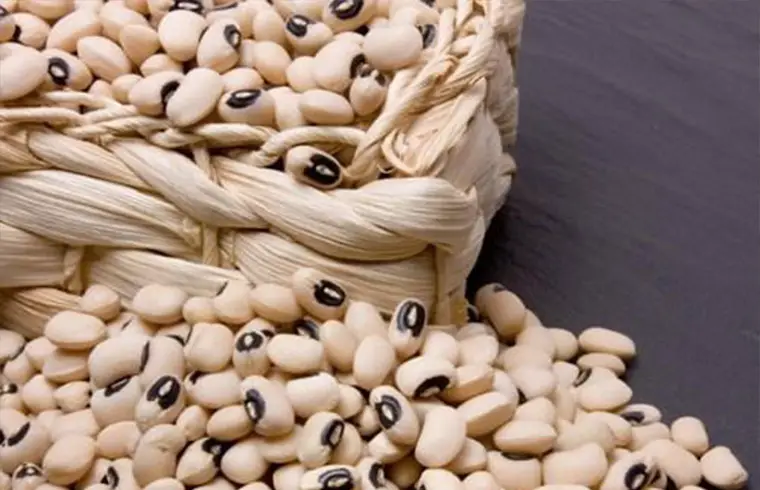
Cowpeas, Catjang, Mature Seeds are healthy foods for women because these are good source of Folate and Iron. It also contains Calcium.
1 cup of Cowpeas, Catjang, Mature Seeds contains 1067mcg Folate, 16.62mg Iron and 142mg Calcium which will make women body healthy and strong. Cowpeas, Catjang, Mature Seeds also contains other vitamins and minerals which are healthful to body.
| Nutrient | Unit | 1 cup = 167.0g |
| Water | g | 18.45 |
| Energy | kcal | 573 |
| Protein | g | 39.83 |
| Total lipid (fat) | g | 3.46 |
| Carbohydrate, by difference | g | 99.6 |
| Fiber, total dietary | g | 17.9 |
| Minerals | ||
| Calcium, Ca | mg | 142 |
| Iron, Fe | mg | 16.62 |
| Magnesium, Mg | mg | 556 |
| Phosphorus, P | mg | 731 |
| Potassium, K | mg | 2296 |
| Sodium, Na | mg | 97 |
| Zinc, Zn | mg | 10.2 |
| Vitamins | ||
| Vitamin C, total ascorbic acid | mg | 2.5 |
| Thiamin | mg | 1.136 |
| Riboflavin | mg | 0.284 |
| Niacin | mg | 4.668 |
| Vitamin B-6 | mg | 0.603 |
| Folate, DFE | µg | 1067 |
| Vitamin A, RAE | µg | 3 |
| Vitamin A, IU | IU | 55 |
| Lipids | ||
| Fatty acids, total saturated | g | 0.905 |
| Fatty acids, total monounsaturated | g | 0.289 |
| Fatty acids, total polyunsaturated | g | 1.485 |
7- Winged Beans, Mature Seeds

Winged Beans, Mature Seeds are rich source of Calcium and Iron. It aslo contains Folate. 1 cup of Winged Beans, Mature Seeds contains 801mg Calcium, 24.46mg Iron and 82mcg Folate. They are great source of Protein and Fibers which build your body and lower cholesterol levels.
| Nutrient | Unit | 1 cup = 182.0g |
| Water | g | 15.18 |
| Energy | kcal | 744 |
| Protein | g | 53.96 |
| Total lipid (fat) | g | 29.7 |
| Carbohydrate, by difference | g | 75.91 |
| Fiber, total dietary | g | 47.1 |
| Minerals | ||
| Calcium, Ca | mg | 801 |
| Iron, Fe | mg | 24.46 |
| Magnesium, Mg | mg | 326 |
| Phosphorus, P | mg | 821 |
| Potassium, K | mg | 1778 |
| Sodium, Na | mg | 69 |
| Zinc, Zn | mg | 8.15 |
| Vitamins | ||
| Thiamin | mg | 1.875 |
| Riboflavin | mg | 0.819 |
| Niacin | mg | 5.624 |
| Vitamin B-6 | mg | 0.319 |
| Folate, DFE | µg | 82 |
| Lipids | ||
| Fatty acids, total saturated | g | 4.191 |
| Fatty acids, total monounsaturated | g | 10.942 |
| Fatty acids, total polyunsaturated | g | 7.881 |
8- Mung Beans, Mature Seeds
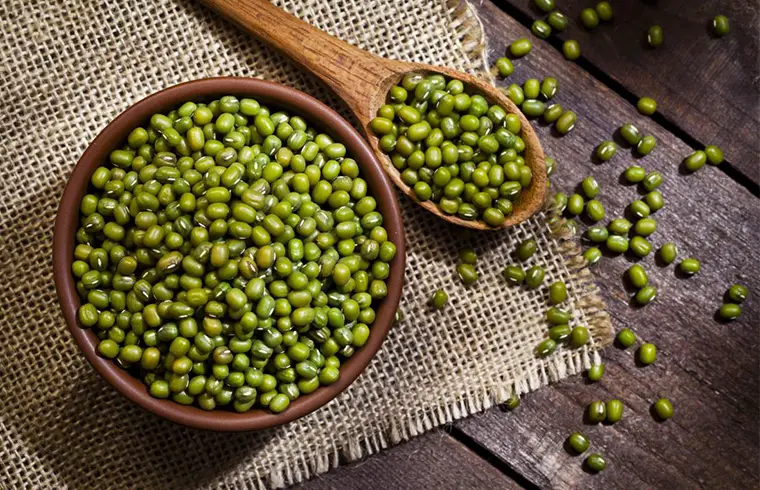
Mung Beans, Mature Seeds are loaded with Folate. It also contains Calcium and Iron. 1 cup of Mung Beans, Mature Seeds contains 1294mcg Folate, 13.95mg Iron and 273mg Calcium. High amount of Folate and Iron are very helpful to make Red Blood Cells.
| Nutrient | Unit | 1 cup = 207.0g |
| Water | g | 18.73 |
| Energy | kcal | 718 |
| Protein | g | 49.39 |
| Total lipid (fat) | g | 2.38 |
| Carbohydrate, by difference | g | 129.62 |
| Fiber, total dietary | g | 33.7 |
| Sugars, total | g | 13.66 |
| Minerals | ||
| Calcium, Ca | mg | 273 |
| Iron, Fe | mg | 13.95 |
| Magnesium, Mg | mg | 391 |
| Phosphorus, P | mg | 760 |
| Potassium, K | mg | 2579 |
| Sodium, Na | mg | 31 |
| Zinc, Zn | mg | 5.55 |
| Vitamins | ||
| Vitamin C, total ascorbic acid | mg | 9.9 |
| Thiamin | mg | 1.285 |
| Riboflavin | mg | 0.482 |
| Niacin | mg | 4.66 |
| Vitamin B-6 | mg | 0.791 |
| Folate, DFE | µg | 1294 |
| Vitamin A, RAE | µg | 12 |
| Vitamin A, IU | IU | 236 |
| Vitamin E (alpha-tocopherol) | mg | 1.06 |
| Vitamin K (phylloquinone) | µg | 18.6 |
| Lipids | ||
| Fatty acids, total saturated | g | 0.72 |
| Fatty acids, total monounsaturated | g | 0.333 |
| Fatty acids, total polyunsaturated | g | 0.795 |
9- Sisymbrium sp. Seeds, Whole, Dried
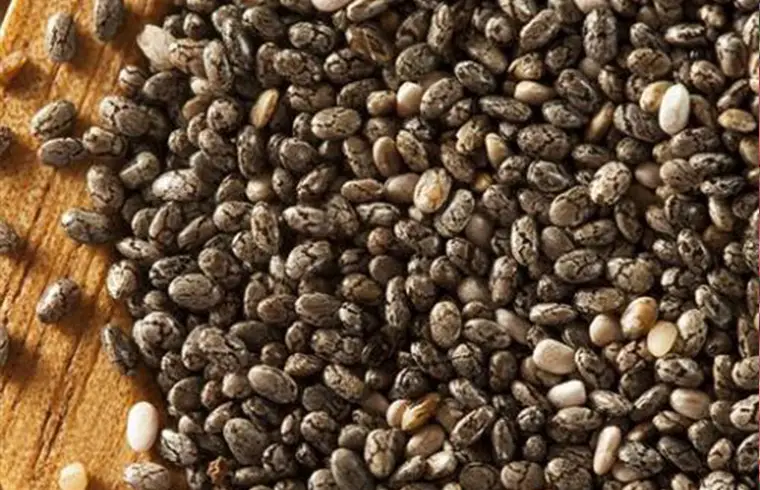
Sisymbrium sp. Seeds, Whole, Dried are rich in Calcium. 1 cup of Sisymbrium sp. Seeds, Whole, Dried contains 1208mg Calcium and 70mcg Folate. They are packed with Calcium which make women body Strong.
| Nutrient | Unit | 1 cup = 74.0g |
| Water | g | 4.51 |
| Energy | kcal | 235 |
| Protein | g | 8.98 |
| Total lipid (fat) | g | 3.4 |
| Carbohydrate, by difference | g | 43.11 |
| Minerals | ||
| Calcium, Ca | mg | 1208 |
| Iron, Fe | mg | 0.08 |
| Magnesium, Mg | mg | 232 |
| Phosphorus, P | mg | 4 |
| Potassium, K | mg | 1576 |
| Sodium, Na | mg | 68 |
| Zinc, Zn | mg | 0.22 |
| Vitamins | ||
| Vitamin C, total ascorbic acid | mg | 22.7 |
| Thiamin | mg | 0.141 |
| Riboflavin | mg | 0.313 |
| Niacin | mg | 12.45 |
| Vitamin B-6 | mg | 0.576 |
| Folate, DFE | µg | 70 |
| Vitamin A, RAE | µg | 2 |
| Vitamin A, IU | IU | 47 |
| Lipids | ||
| Fatty acids, total saturated | g | 0.667 |
| Fatty acids, total monounsaturated | g | 1.1 |
| Fatty acids, total polyunsaturated | g | 1.497 |
10- Radishes, Oriental, Dried

Radishes, Oriental, Dried are filled with healthy nutrients. Just 1 cup of Radishes, Oriental, Dried contains 730mg Calcium, 342mcg Folate and 7.81mg Iron.
Frequent eating of Radishes, Oriental, Dried will be healthful to women bodily requirements of top essential elements. Other ingredients are also listed in below Table:
| Nutrient | Unit | 1 cup = 116.0g |
| Water | g | 22.83 |
| Energy | kcal | 314 |
| Protein | g | 9.16 |
| Total lipid (fat) | g | 0.84 |
| Carbohydrate, by difference | g | 73.51 |
| Fiber, total dietary | g | 27.7 |
| Sugars, total | g | 43.29 |
| Minerals | ||
| Calcium, Ca | mg | 730 |
| Iron, Fe | mg | 7.81 |
| Magnesium, Mg | mg | 197 |
| Phosphorus, P | mg | 237 |
| Potassium, K | mg | 4053 |
| Sodium, Na | mg | 322 |
| Zinc, Zn | mg | 2.47 |
| Vitamins | ||
| Thiamin | mg | 0.313 |
| Riboflavin | mg | 0.789 |
| Niacin | mg | 3.944 |
| Vitamin B-6 | mg | 0.717 |
| Folate, DFE | µg | 342 |
| Vitamin E (alpha-tocopherol) | mg | 0.01 |
| Vitamin K (phylloquinone) | µg | 5.2 |
| Lipids | ||
| Fatty acids, total saturated | g | 0.253 |
| Fatty acids, total monounsaturated | g | 0.138 |
| Fatty acids, total polyunsaturated | g | 0.377 |
Source = USDA
Take away Tips:
- Adapt Healthy Life Style (Morning Walk, Take Care of Hygiene, Sunlight exposure, any Physical Activity, Games, Tours etc.)
- Avoid Smoking
- Take Fresh Juices
- Avoid Carbonated Drinks
- Avoid Alcohol
Top 10 Healthy Foods for Women
Summary:
Women are very important part of our society. They have many roles in every sector of life including family developing. So that is why Women need special care to their bodily requirements. Obviously eating these “Top 10 Healthy Foods for Women” will make your body strong in all aspects. Hence Healthy and Strong Body must be developed. For that Women need to eat healthy foods and adapt healthy life style.
Want to see similar posts ?
Top 10 Anti Aging Vegetables

Top 10 Healthy Food of the World


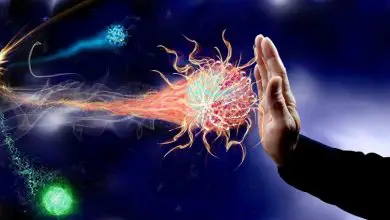




Family Does Not Have To Mean Blood Family..
Dear Melvinkic, if you look statistics of pregnant and lactating mothers in world, you will find 40% mothers anaemic- blood deficiency. Early marriages and poor diet in different parts of the world is major problem leading to Hb/blood deficiency.
Hello, just wanted to mention, I enjoyed this article. It was practical.